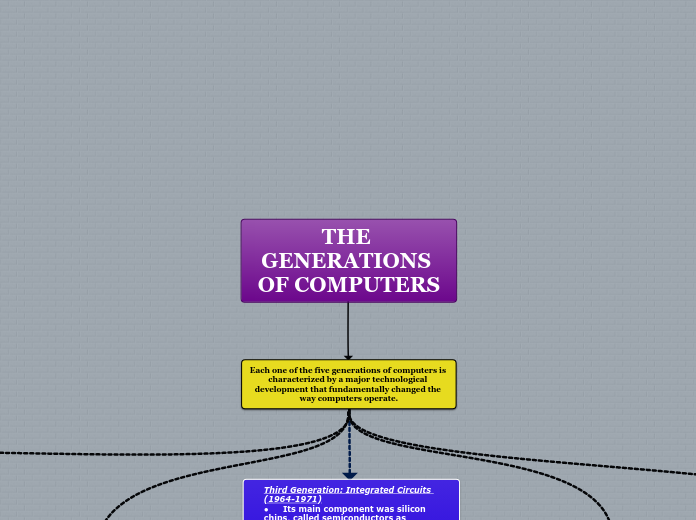przez andresfelipe ibarra torres 5 lat temu
1221
THE GENERATIONS OF COMPUTERS

przez andresfelipe ibarra torres 5 lat temu
1221

Więcej takich